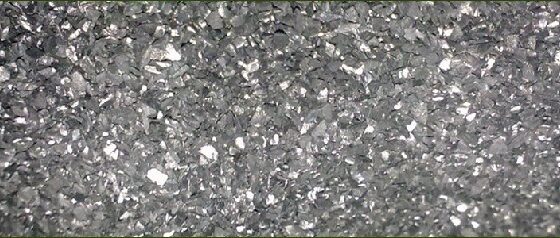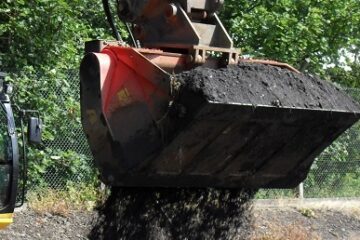Carbon Nanotubes are set to be the next big jump in applied materials science and with varying levels of practical demonstration have been proposed as the key to making Invisibility Cloaks, produced as incredibly strong materials used for making computers or even calculated as one of the best options to make real spiderman suits.
These tiny tubes of hexagonally arranged carbon atoms (Fullerenes) are frankly amazing in the sheer scope and range of potential applications because of their incredible physical properties such as strength, hardness, electrical and thermal conductivity. They are a favourite building material of Science Fiction writers with such theoretical applications as Space Elevators made of carbon nanotubes or ‘bucky-balls’ (fullerenes in a spherical arrangement) becoming an accepted feature in more books and films than you can shake a stick at.
All of these things make the news because they’re eye catching and appeal to our imaginations but they all have perfectly genuine and serious real world applications.
So why am I querying the safety of this wonder substance? During a recent look at the updated 3rd edition of WM2, the technical guidance on the classification of hazardous waste issued by the UKs environment authorities, I was surprised to see a guidance example specifically relating to ‘Wastes containing Unbound Carbon Nanotubes (CNTs)’. This indicates that as a precautionary approach wastes containing 0.1% or greater of CNTs should be considered hazardous. The same threshold for hazardous waste as a result of free asbestos fibres!
This came as a bit of a surprise but it turns out that this is because studies in mice and rats have demonstrated that inhalation and injestion of unbound CNTs can induce a similar reaction as inhalation and injestion of free asbestos fibres. The studies showed that CNTs were capable of producing inflammation, epithelioid granulomas (microscopic nodules), fibrosis, and biochemical/toxicological changes in the lungs. Due to the observed changes in these studies and the similarity in size and shape of individual unbound CNTs to that of asbestos it is a very serious concern that exposure to this substance could well result in the development of Mesothelioma in people who are exposed to this substance.
The applications are potentially very profitable and could improve all of our lives so it is inevitable that CNTs will be used and so they should be. But if we want to avoid the toll of human misery which has been wrought by the historically widespread and unregulated use of asbestos the regulation has to be in place before this technology becomes readily available. There’s no good reason why it shouldn’t happen that way. The fact that it’s mentioned in WM2 is highly encouraging in that regard, the environment agencies are clearly aware of the risks. Lets just hope that central government listens. With the incentive of financial reward inevitably running counter to such regulation it might be difficult to keep that stable door closed and the eager horse inside.
It’s always good to hear other people’s opinions, so feel free to comment below.
2021
Soil remediation guide
Approaching soil remediation without any prior knowledge can be difficult and uncomfortable at times, especially when it can potentially be very costly. This free eBook will help you understand the whats, the whys and the hows of soil remediation in the simplest terms.







Leave a Reply